A ventilation system facilitates the exchange of indoor and outdoor air. It helps you get rid of smoke, moisture, indoor pollutants, and even cooking odors. You will also enjoy an uninterrupted airflow as nothing will block air from circulating freely in your house.
Without a proper ventilation system, harmful pollutants like carbon monoxide may never find their way out of the roof. Besides, the house moisture content may also accumulate and result in property damages. You will lose control of the airflow in your home.
This guide looks at the benefits of house ventilation and how it works in homes with attic spaces. However, if your house doesn’t have attic space, you have nothing to worry about ventilation. We will also show you how to vent a roof without an attic.
That said, let’s get started!
Benefits of Venting a Roof

If you spend much time indoors, it’s essential to vent your home or workspace to make it more livable and comfortable. However, you can also maximize the benefits of roof vents when you opt for professional Roofing Lubbock.
Here are some of the advantages of venting your roof.
Promotes Air Circulation in Your Space
The kind of air circulation in your home or workplace can influence the air quality in your space. With the help of an efficient ventilation system, you’ll gain control of your home’s airflow. However, poor ventilation can interrupt the airflow and raise your energy bills.
Reduces the Impacts of Impurities
If your home is in a bustling city, the chances are that the air inside has more impurities than the outdoor air. For that reason, you need a good ventilation system to help expel the pollutants built up in your house, such as bacteria, dust, and unpleasant odors.
Reduces Condensation in Your Home
Condensation is the primary cause of mold and rot of surfaces in a house, and that’s something you wouldn’t want to happen to you. The damp conditions will damage your property and also result in several health issues, including allergic reactions.
Regulates Indoor Temperatures
A house or office with many occupants can feel hot and stuffy if poorly ventilated. The good news is that venting plays a significant role in controlling indoor temperatures. It makes the building more comfortable, making the environment more relaxed.
Improves the Health of Homeowners
Indoor pollutants coupled with poor ventilation systems can cause many health issues if not corrected on time. Such problems include asthma, headaches, sinusitis, and rashes. Thankfully, a reliable ventilation system can help homeowners prevent such problems.
How Ventilation Works in Houses with Attic Spaces
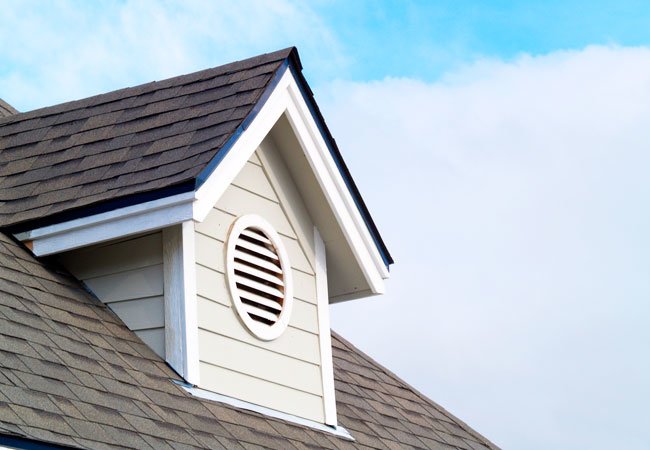
The principle behind ventilation allows heated air to rise naturally and gets replaced by cold air. The indoor and outdoor air exchange occurs through intake vents at the roof’s lowest parts and exhaust vents at the roof’s peak.
The intake vents allow cold air to enter the attic space, while the exhaust vents allow hot air to move out. This type of ventilation takes advantage of the density of cold and hot air. Hot air can quickly rise as cold air sinks, facilitating air circulation in a building.
Intake Vents
In most cases, intake vents get installed on the soffit, either as a continuous perforated soffit on the entire eave or as spaced individual vents. The intake vents pull in colder air to cool the attic space. However, they can easily get blocked during attic insulation.
If you own a house with a gable roof, you may also install the intake vents on the sides of the house at the roof’s peak. The good news is, they can also function as exhaust vents. Aso, they can add a curb appeal to your home if well-painted to match the siding.
Exhaust Vents
As mentioned earlier, exhaust vents help to remove the hot air trapped in the attic space to allow cooler air to enter. There are many types of exhaust vents you can install, such as ridge vents, static vents. A combination of all types of exhaust vents is more potent.
Ridge vents run the entire roof length along the ridge and are only visible to the trained eyes. They are the most common exhaust vents because they don’t disrupt the roof’s line. On the other hand, static vents usually protrude from the roofline.
How to Vent a Roof Without Attic
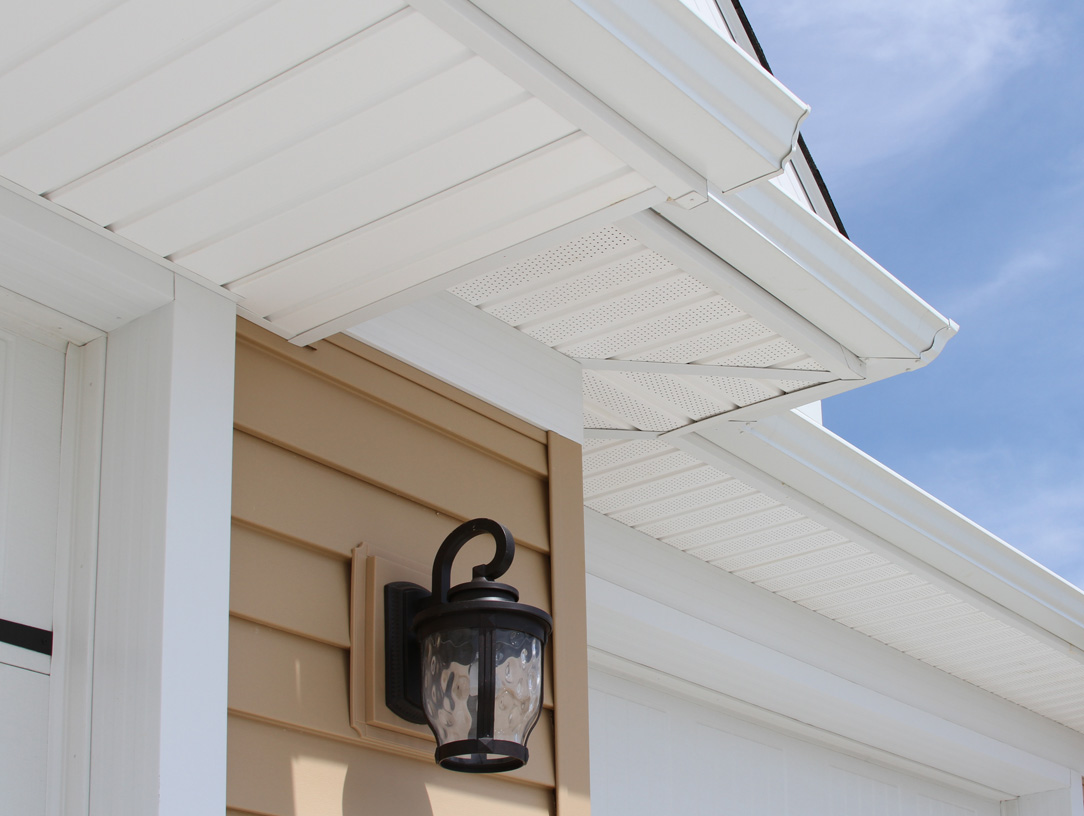
Now that you know how venting works for houses with attic space, you might wonder how to vent a roof without an attic.
So, what would you do if your house has no attic space?
Well, while the house might not have a separate attic to vent, you’ll still need to maintain air circulation to prevent heat from accumulating between the roof deck’s underside and your interior drywall finish. You will need the following vents to ensure smooth airflow.
- Soffit Vents
- Rafter Vents
- Ridge Vents
Soffit Vents
Soffit vents are the most popular types of intake vents that can still be useful even when your house has no attic space. The soffit is the horizontal plane lying beneath a roof’s overhang. Notably, you can install the soffit vents in two ways.
You can use a soffit board with individual soffit vents with spaces between them. Or, you can add a vented soffit with a continuous, perforated vent.
Rafter Vents
Also known as insulation baffles, rafter vents are long, narrow gaps between the rafters that direct fresh, cold air from the soffit vents to the roof’s peak/ridge. As the air travels through the roof’s sheathing, it cools a room until it gets vented out through ridge vents.
Rafter vents won’t affect the finished look of your house since they take advantage of the spaces between the rafters. Consider installing one rafter in every rafter cavity.
Ridge Vents
As already mentioned, ridge vents play a crucial role in removing hot air from the house. So, they are the exit points for the cool air that enters the soffit vents and flows upwards as it cools the home. The vent is installed along the roof’s ridge, making it less visible.
Final Words
Ventilation comes with numerous benefits, such as improved air circulation, temperature regulation, and reduced condensation in the home. Whether your house has an attic or not, it’s essential to vent it to reduce your energy bills. The good news is that you now know how to vent a roof without an attic.











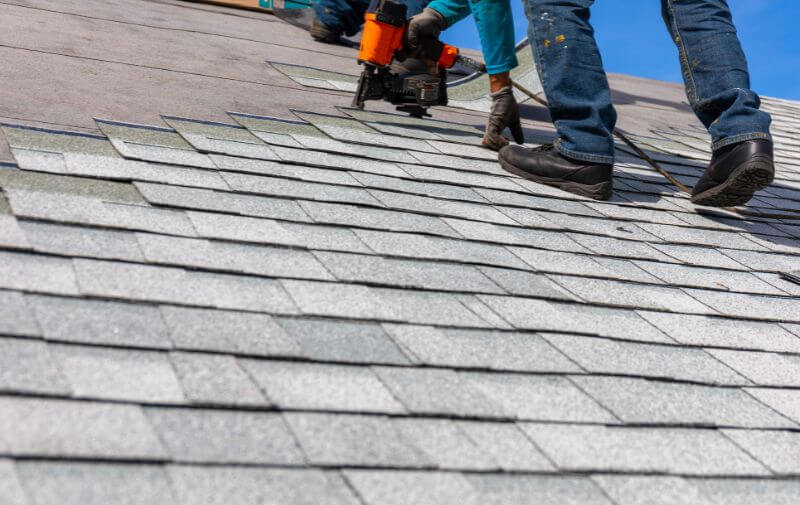
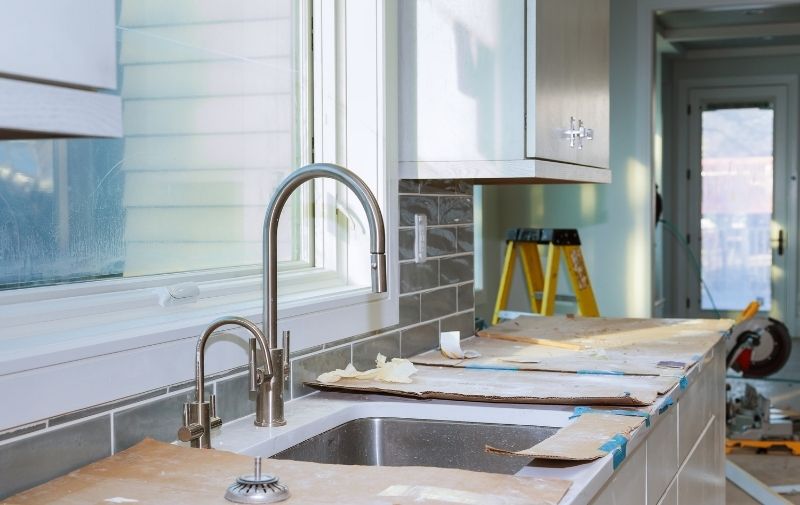

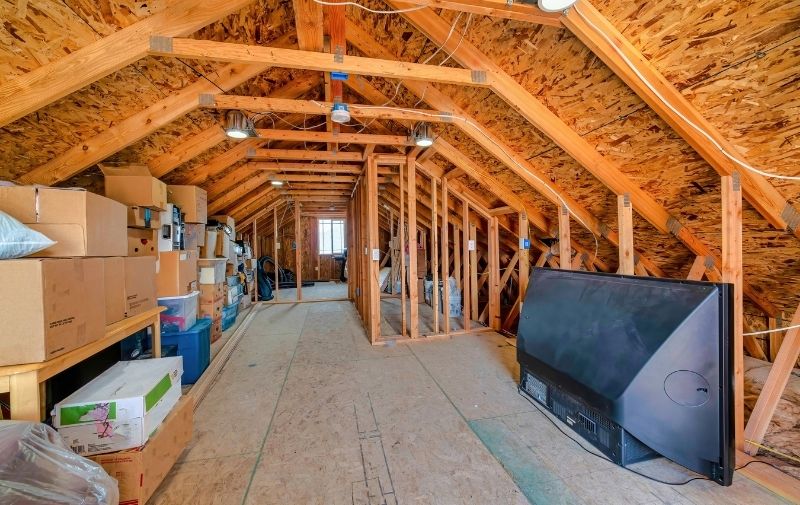
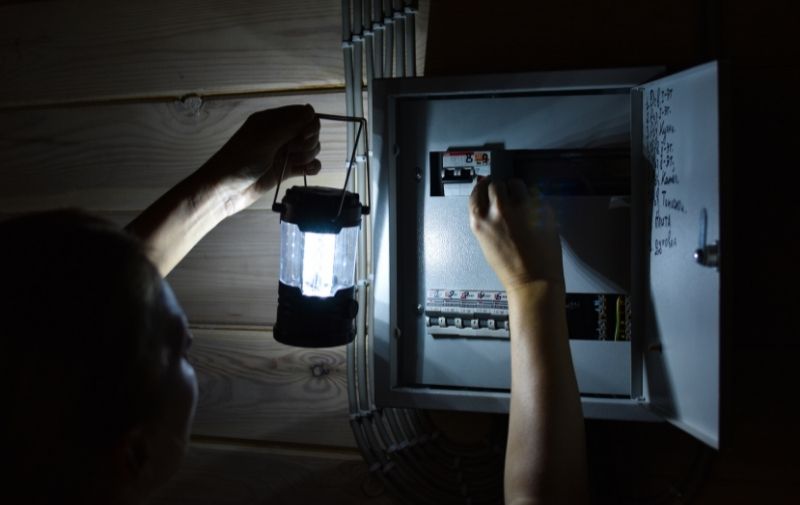
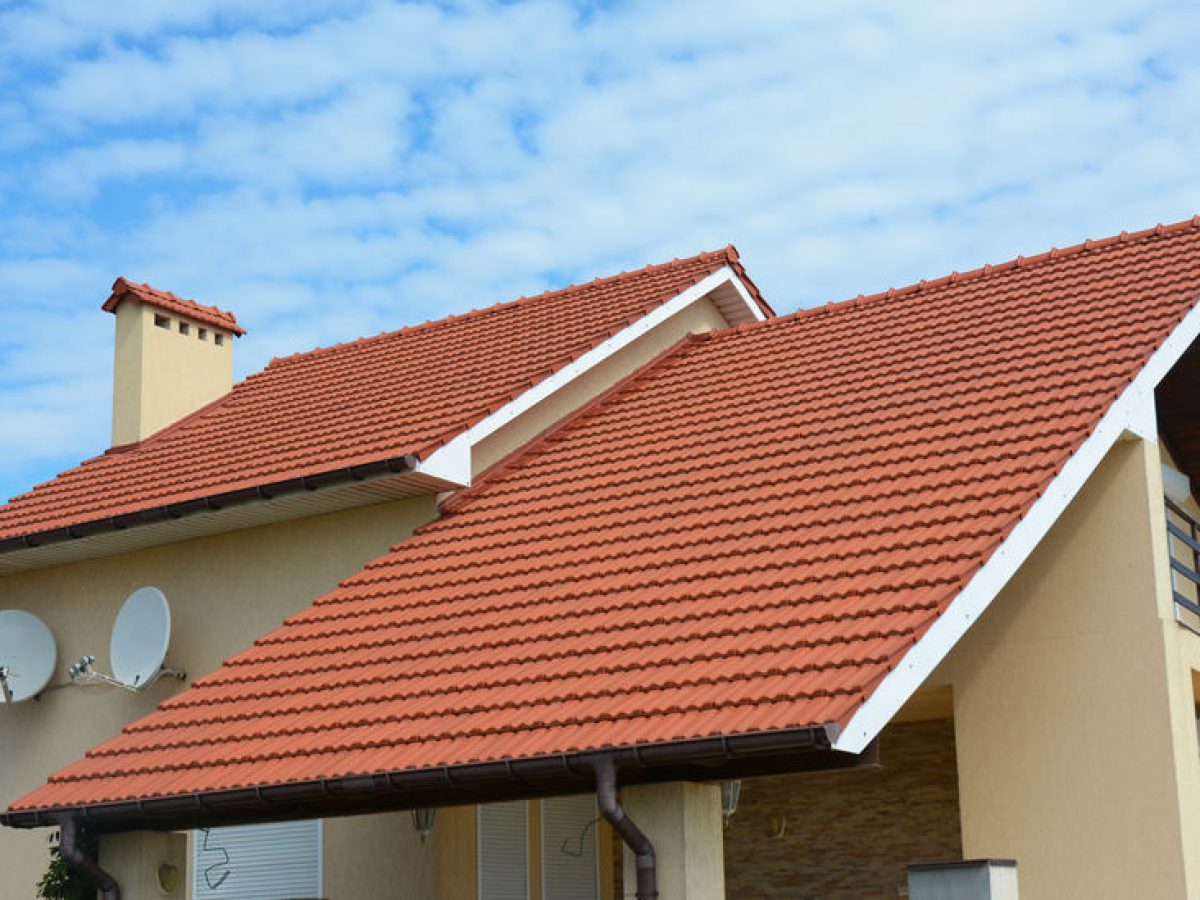
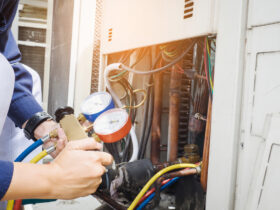



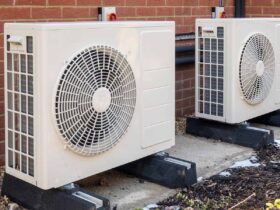
Leave a Reply